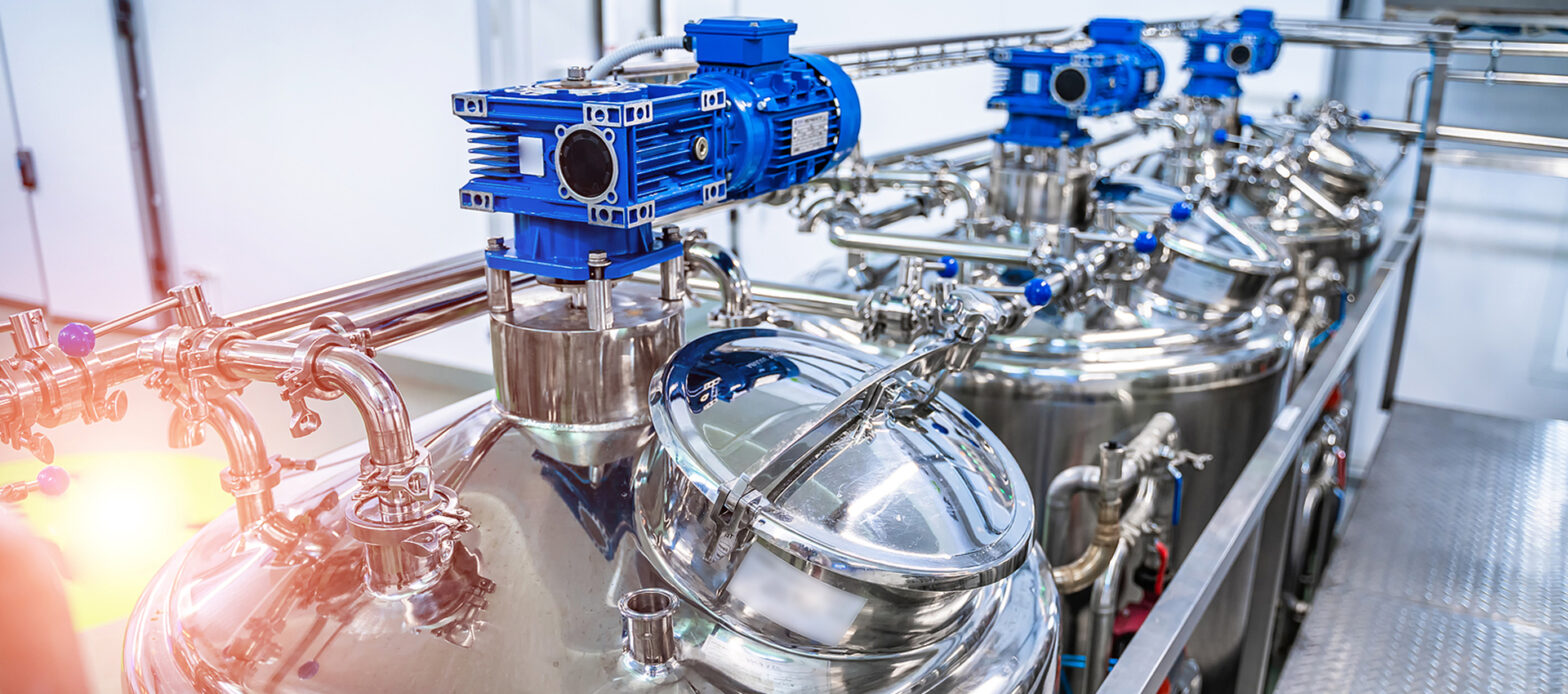
Modern laboratories and medical research rely on precision and reliability. Gas purity plays a crucial role in the constant testing & analysis being undertaken in medical and research applications. Compressed gases like Helium, Hydrogen and Nitrogen are used for different applications whether they are being used to power instruments or as a carrier gas to carry samples for chromatography.
Ultra-high purity gas systems play an indispensable role in ensuring the accuracy, safety, and efficiency of medical procedures and research outcomes. Here’s why these systems are so vital:
In clinical laboratories, the use of ultra-high purity gases is critical for accurate diagnostic testing. Gases such as helium, hydrogen, and nitrogen are used in gas chromatography and mass spectrometry, techniques essential for analyzing blood samples, detecting diseases, and monitoring patient health. Impurities in these gases can lead to inaccurate results, misdiagnoses, and ultimately compromised patient care. Ultra-high purity gas systems eliminate contaminants, ensuring the reliability of test results and the overall diagnostic process.
Pharmaceutical research relies heavily on ultra-high purity gases for various processes, including drug synthesis, formulation, and quality control. Contaminated gases can affect the chemical reactions, leading to inconsistent results and potentially harmful drugs. By using ultra-high purity gas systems, researchers can maintain the integrity of their experiments, ensuring the development of safe and effective pharmaceuticals.
Medical treatments, particularly those involving anesthesia and respiratory therapy, require gases that are free from impurities. Ultra-high purity oxygen and other medical gases are essential for maintaining patient safety and delivering effective treatment. Impurities can cause adverse reactions and complications. Implementing ultra-high purity gas systems in hospitals and clinics ensures that patients receive the highest quality care.
In research fields such as biotechnology, nanotechnology, and materials science, ultra-high purity gases are crucial for experiments that demand exceptional precision. Researchers rely on ultra-high purity gas systems to provide the consistency and reliability needed for groundbreaking discoveries.
The medical and research sectors are subject to stringent regulatory standards to ensure safety and efficacy. Regulatory bodies such as the FDA and EMA require the use of ultra-high purity gases in various applications. Adhering to these standards is not only a legal obligation but also a commitment to maintaining the highest quality of care and research integrity.
Ultra-high purity gas systems also contribute to laboratory safety. Contaminated gases can be hazardous, posing risks such as explosions, toxic exposure, and equipment damage. By using high-purity gases, laboratories minimize these risks, creating a safer working environment for scientists and medical professionals.
Maintaining high purity gas in medical labs and research facilities is crucial to ensuring the accuracy and reliability of results. To achieve this, it's essential:
The importance of ultra-high purity gas systems in medical and research applications cannot be overstated. From ensuring accurate diagnostics and enhancing pharmaceutical research to improving medical treatments and supporting advanced research, these systems are integral to maintaining high standards of quality, safety, and reliability. By investing in ultra-high purity gas systems, we can ensure better patient outcomes, innovative research, and a safer, more efficient laboratory environment.